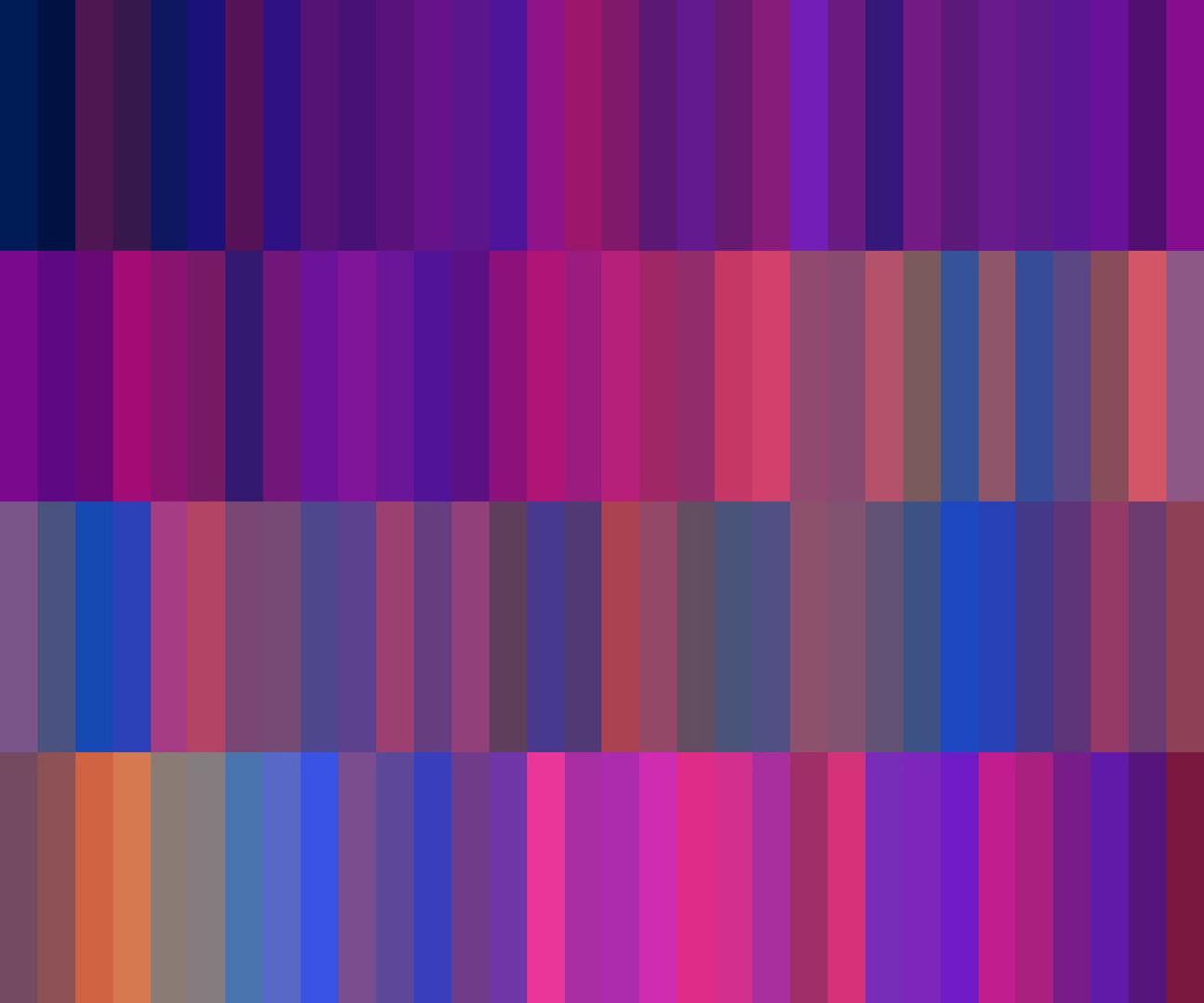Permanent Headwind
Symposium:
Session Title:
- Embodiment and Kinesis
Presentation Title:
- Permanent Headwind
Presenter(s):
Venue(s):
Abstract:
Abstract
Permanent Headwind is a collection of data-driven aesthetic experiments that explore the concept of ‘cycling as art practice’ through the lens of data visualization. The advent of mobile devices that can capture motion tracking data has allowed the artist to develop a new approach to making art. The resulting body of work is therefore the outcome of a process of ‘research through practice’, where the subject is the experience of being in a landscape and the artists tools are his bicycle, his iPhone and his limited ability to programme .Cycling, Data, Art
Permanent Headwind is a collection of data-driven aesthetic experiments that explore the concept of ‘cycling as art practice’ through the lens of data visualization, and is inspired by the works of Richard Long and Hamish Fulton. The works presented here are similar to Long and Fulton in regards to their relationship with the experience of being in, and moving through, a landscape. However, as the focus is on ‘cycling’ through a landscape rather than ‘walking’, that experience is significantly different. Range, speed and physical effort, are all amplified by the bike, and become important considerations for making work.In the 1970s, Fulton famously stated “An object cannot compete with an experience”. [1] One of the key questions O’Neill confronts is whether or not this is still the case. The advent of mobile devices that can capture data about being in a landscape can, arguably, say more about that experience than perhaps one of Long’s or Fulton’s Photographs. While the concern with documenting the experience remains the same, dealing with data rather than photography moves us, semiotically speaking, from an iconic visual representation of what it looks like, to a symbolic representation of what it feels like. Data such as the location, altitude, speed and heart rate of the artist are all utilized in the works presented here, sometimes along with other motion tracking information. This then poses another set of questions: How does one make art with such data? How does one visually represent what it feels like to have moved through a landscape? What kind of visual language lends itself to the symbolic representation of such data? How can the computational manipulation of this data be made aesthetically understandable?
These are all research questions that are at the heart of O’Neill’s developing art practice. Each work presented represents an incremental, experimental approach to art making that is heuristically evolving through trial and error. As well as drawing on key concepts from Land Art, O’Neill reaches for ideas from domains as diverse as Way finding, Experience Mapping, Art Concrete, Data Visualization, Software Programming, Semiotics and the Philosophy of Embodiment. The resulting body of work is therefore the outcome of a process of ‘research through practice’, where the subject is the experience of being in a landscape and the artists tools are his bicycle, his iPhone and his limited ability to programme. [2]





